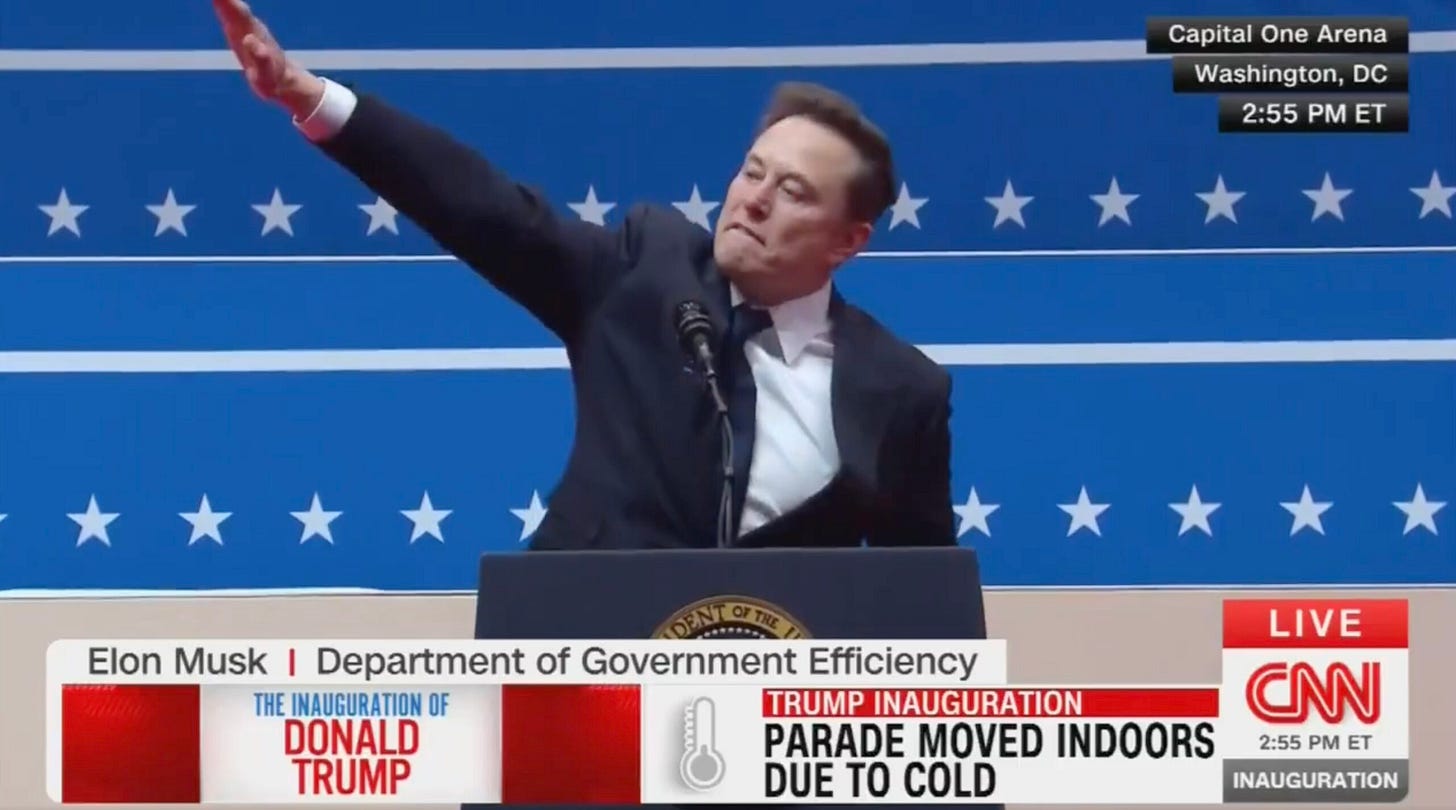Senate Democrats’ Missed Opportunity: How 10 Defections Handed Republicans a Win
House Democrats stood united, but 10 Senate Democrats broke ranks, allowing Republicans to push forward a damaging continuing resolution. What happened, why it matters, and what comes next.
The recent cloture vote in the Senate has sparked intense discussion among Democrats and progressives across the country.
In a crucial moment where Senate Democrats had an opportunity to push back against Republican policies, ten Democrats broke ranks, providing Republicans with the necessary votes to move forward with the continuing resolution (CR).
This article delves into what happened, why it matters, and what comes next.
House Democrats Stood United
House Democrats displayed a strong, unified front by collectively voting against the CR. Their strategy hinged on Senate Democrats holding firm in the cloture vote to prevent Republicans from advancing the measure.
The expectation was that, aside from Senator John Fetterman—who has increasingly voted with Republicans—Senate Democrats would follow suit.
What Is a Cloture Vote?
Before we discuss why this vote was so important, let’s look at what a cloture vote is.
A cloture vote is a procedure used in the Senate to end debate on a bill or motion and move it to a final vote. Unlike most votes, which only require a simple majority (51 votes), a cloture vote requires at least 60 Senators to agree.
This rule is designed to prevent endless debate, also known as a filibuster, but it also means that even if a party has a majority, they often need support from the other side to advance legislation.
In this case, the cloture vote determined whether Republicans could move forward with their continuing resolution, making it a critical moment for Senate Democrats to take a stand.
Why This Vote Was So Important
The cloture vote, as just discussed, required 60 votes to pass, a much higher threshold than the simple majority of 51 usually required for legislation.
This presented a rare opportunity for Senate Democrats to take a firm stand.
Instead, the defection of ten Democratic Senators (pictured above) allowed Republicans to sidestep the opposition and move forward with the CR.
While some funding levels remain unchanged, critical areas like Veterans Affairs facility construction and other essential government functions faced cuts.
Many Americans were hopeful that Democratic leadership would put up a strong fight in the Senate, mirroring the resolve seen in the House.
They were severely disappointed.
The Potential Consequences of a Government Shutdown
A government shutdown is never ideal, but in this case, it could have served as a moment for strategic resistance.
While a shutdown carries risks, including delayed paychecks for federal workers, disruptions to government programs, and economic uncertainty, it also would have put pressure on Republicans to negotiate a better deal rather than forcing through damaging cuts.
Trump and Musk, both with vested interests in government instability, could have leveraged a shutdown to further their agendas.
Trump, positioning himself as the shadow leader of the GOP, might have used the crisis to push extremist policies and consolidate power among his base, framing any hardships as proof of Democratic failure.
Meanwhile, Musk, who has shown increasing alignment with right-wing politics, could have capitalized on the disruption by promoting privatized solutions to government functions, reinforcing libertarian narratives of government inefficiency.
However, if Democrats had chosen to force a shutdown, they would have needed a well-coordinated messaging strategy to ensure Republicans took the blame.
Historically, the party that controls the House is often held responsible for shutdowns, and with Republicans currently in control, this could have been used against them.
The narrative could have focused on how Republican intransigence was directly harming working Americans, from veterans to federal employees to families reliant on government services.
🔒 The rest of this article is for subscribers only.
Want to dive deeper into the messaging strategy Democrats could have used, what might explain the defection of the 10 Senate Democrats, and what comes next? Join our engaged community of informed readers who get exclusive analysis and insights on how to fight back effectively. Subscribe now to unlock the full article.






